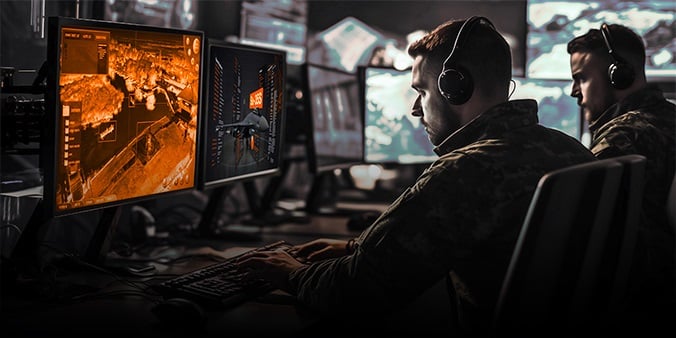
A Marathon Targets T100 vehicle autonomous robot target made to look like a civilian pickup. (Marathon Targets)
Marathon Targets is expanding the use of its autonomous robots targets (ARTs) to provide live training of first-person-view (FPV) unmanned aerial vehicles (UAVs) and loitering munitions, with initial trials using them taking place in both the United States and Europe.
The artificial intelligence (AI)-driven ARTs, which are available as both infantry and vehicle targets, can drive autonomously across a range. They have enough awareness of their surroundings and can communicate well enough with each other to synthesise a convincing and challenging tactical environment, according to the company. They use precision autonomous navigation and collision avoidance technology.
Infantry ARTs, which Marathon Targets terms the T50, move on a four-wheeled chassis driven by an electric motor and will stop and fall when hit. The T100 vehicle targets, which can be visually modified to emulate whatever platform is required, can travel at up to 50 km/h and will stop when hit. All the targets can have a thermal signature.
Speaking at SAE Media's Future Soldier Technology Conference in London in March, Nate Whelan, vice-president for Marathon Targets Europe, said that a single operator can control “dozens of robots” and does not require line of sight to do so because the robots will act autonomously. “You create the scenario, and the robots will play it out. It's only limited by your imagination,” he said.
Whelan said that attack UAVs, particularly FPV and loitering munitions, have been causing a significant proportion of battlefield casualties in Ukraine. They were becoming increasingly important as weapon systems and so there is a commensurate requirement to provide realistic live training in using them. “Simulation can only do so much,” he said.
Looking to read the full article?
Gain unlimited access to Janes news and more...







